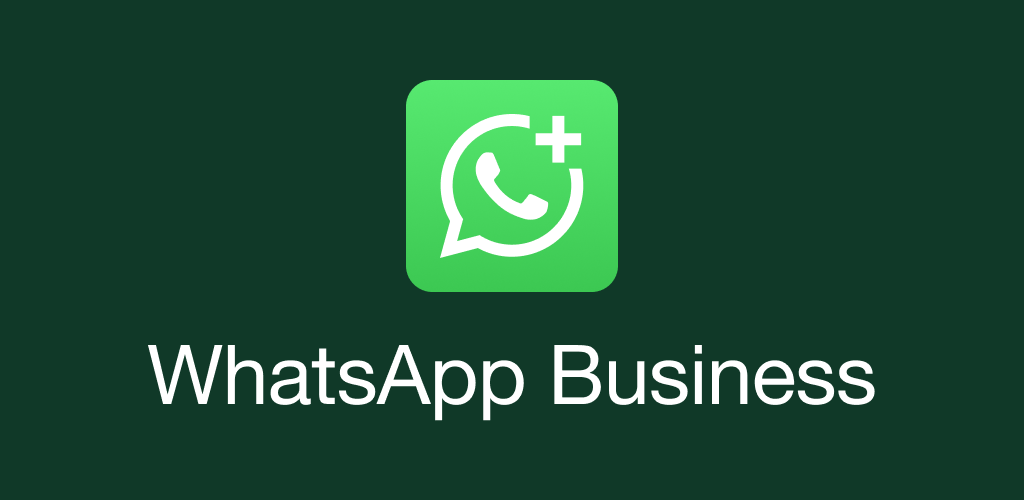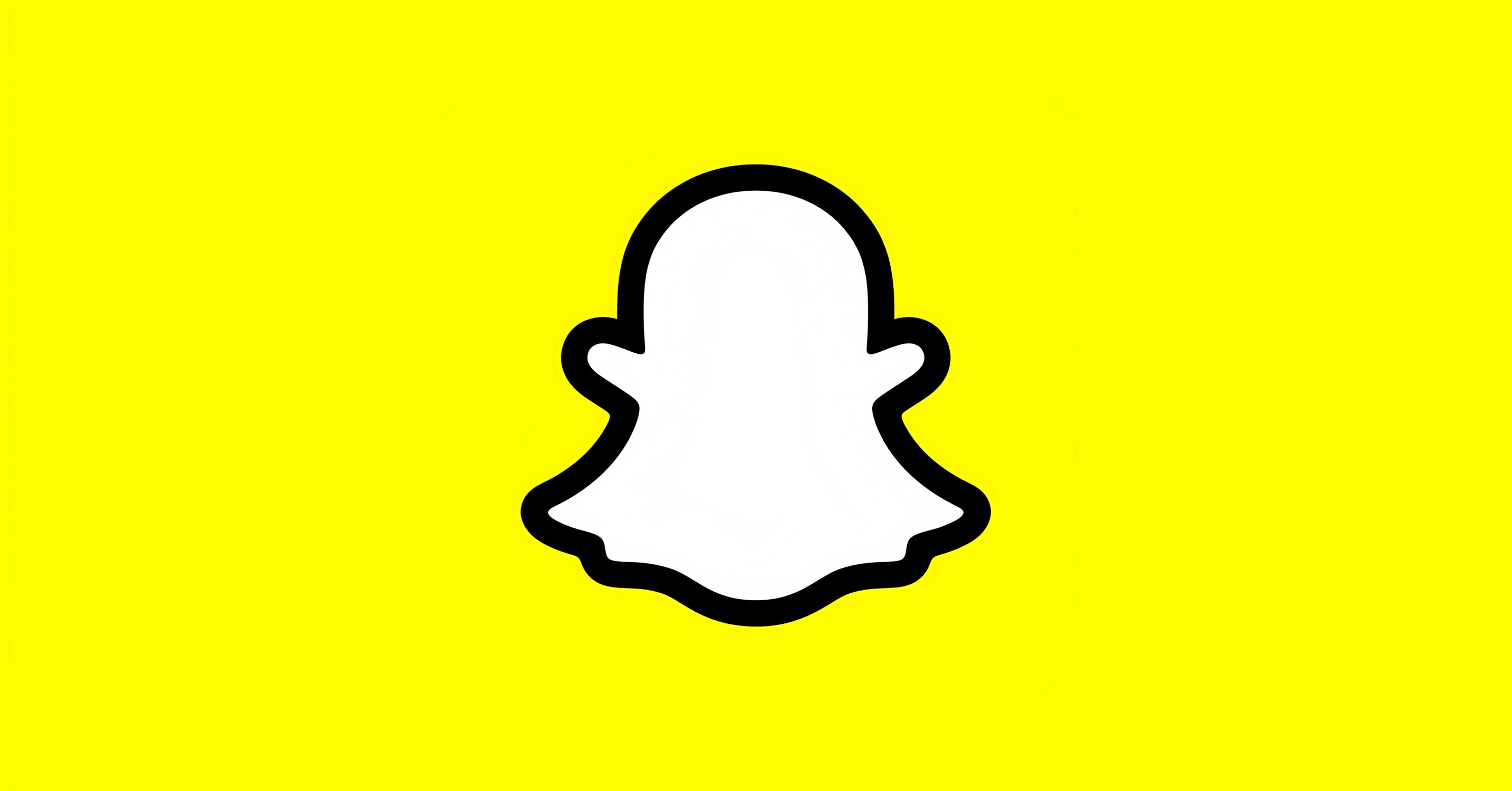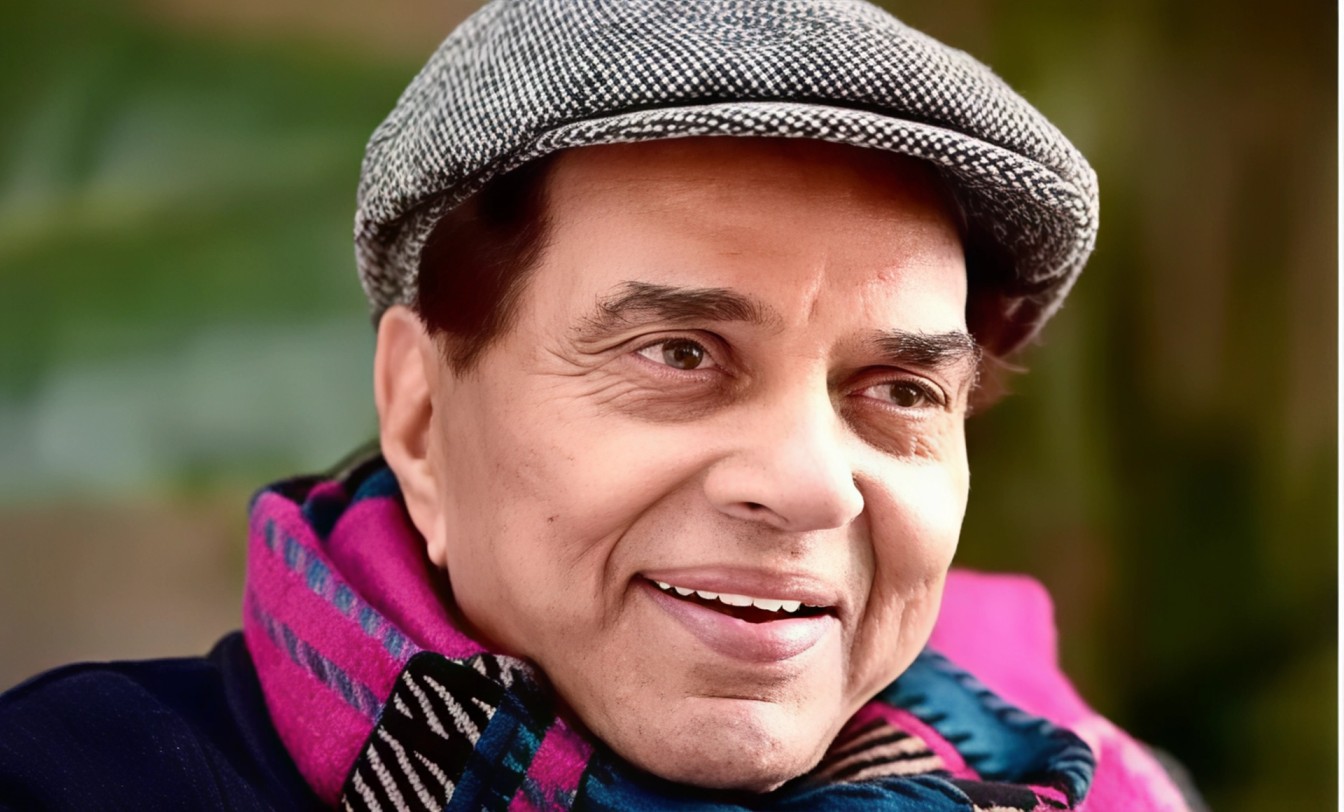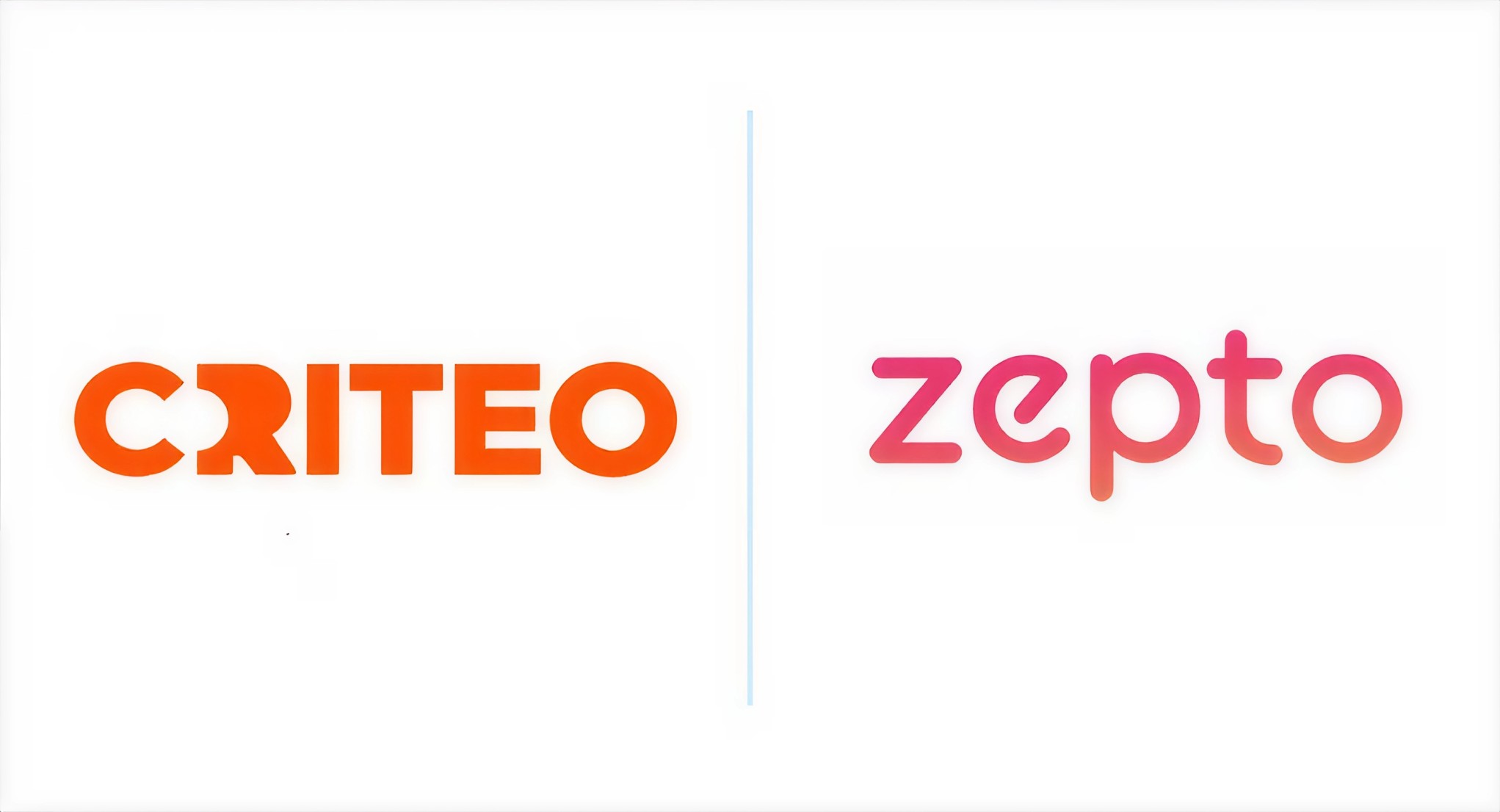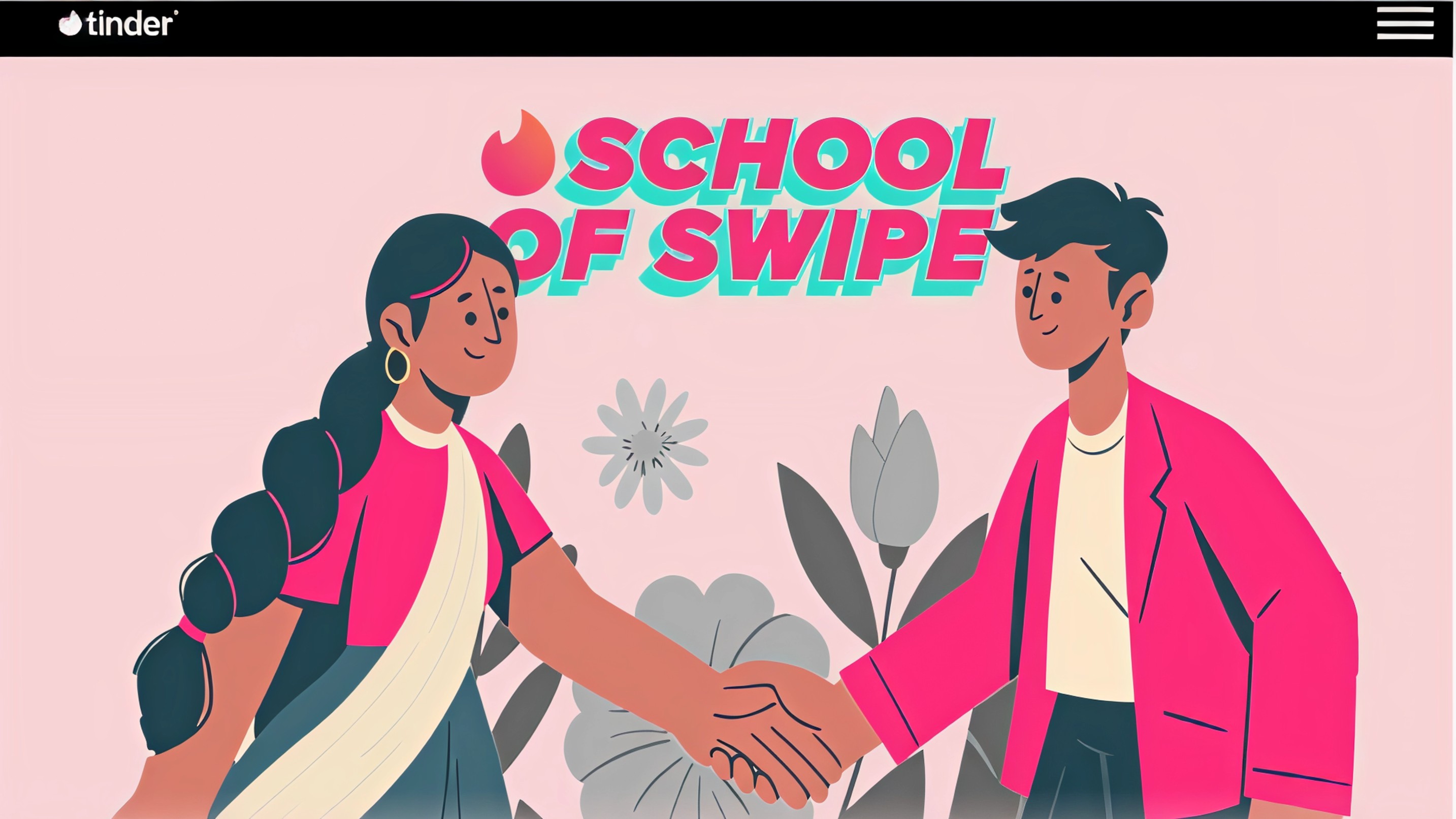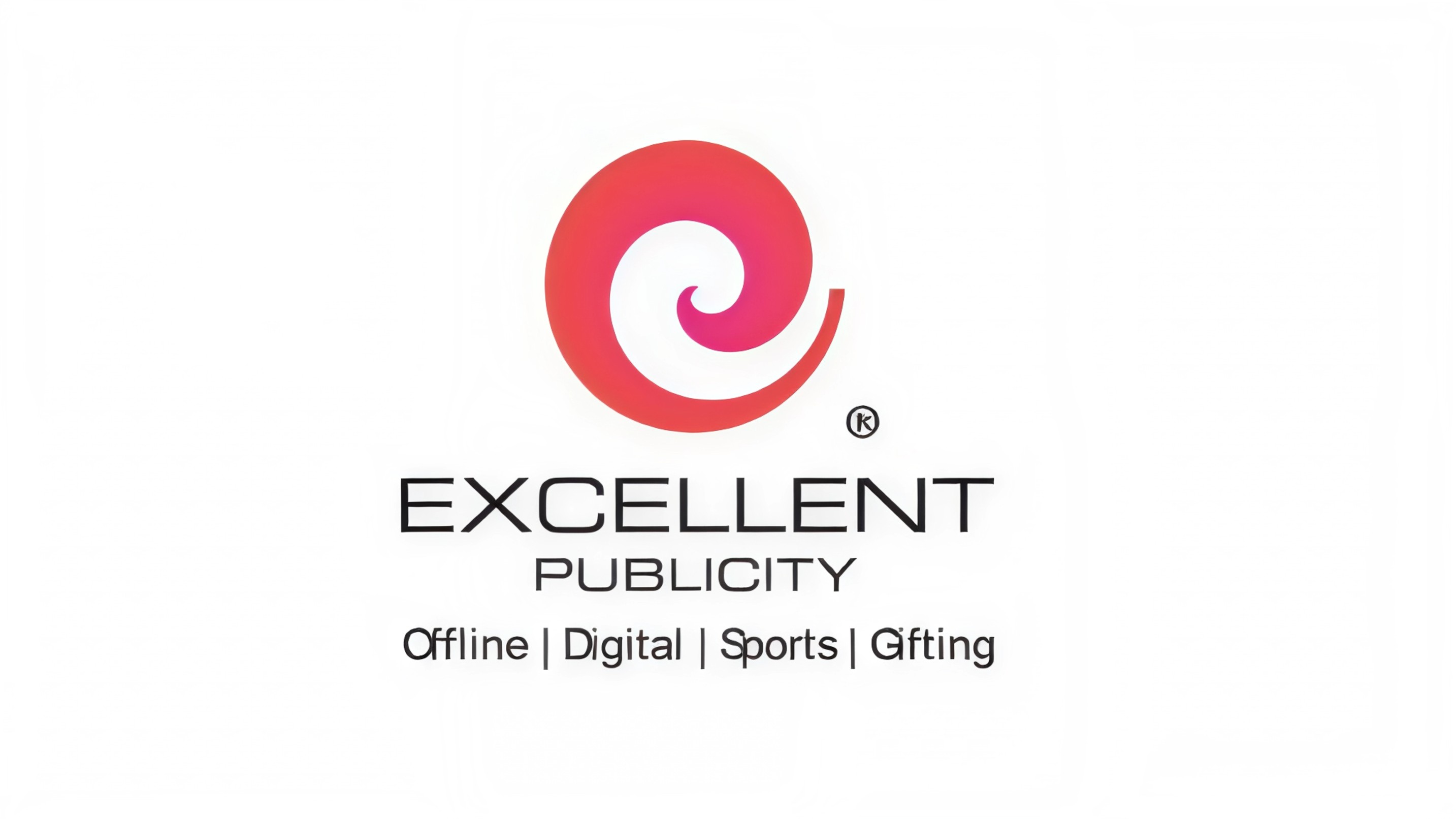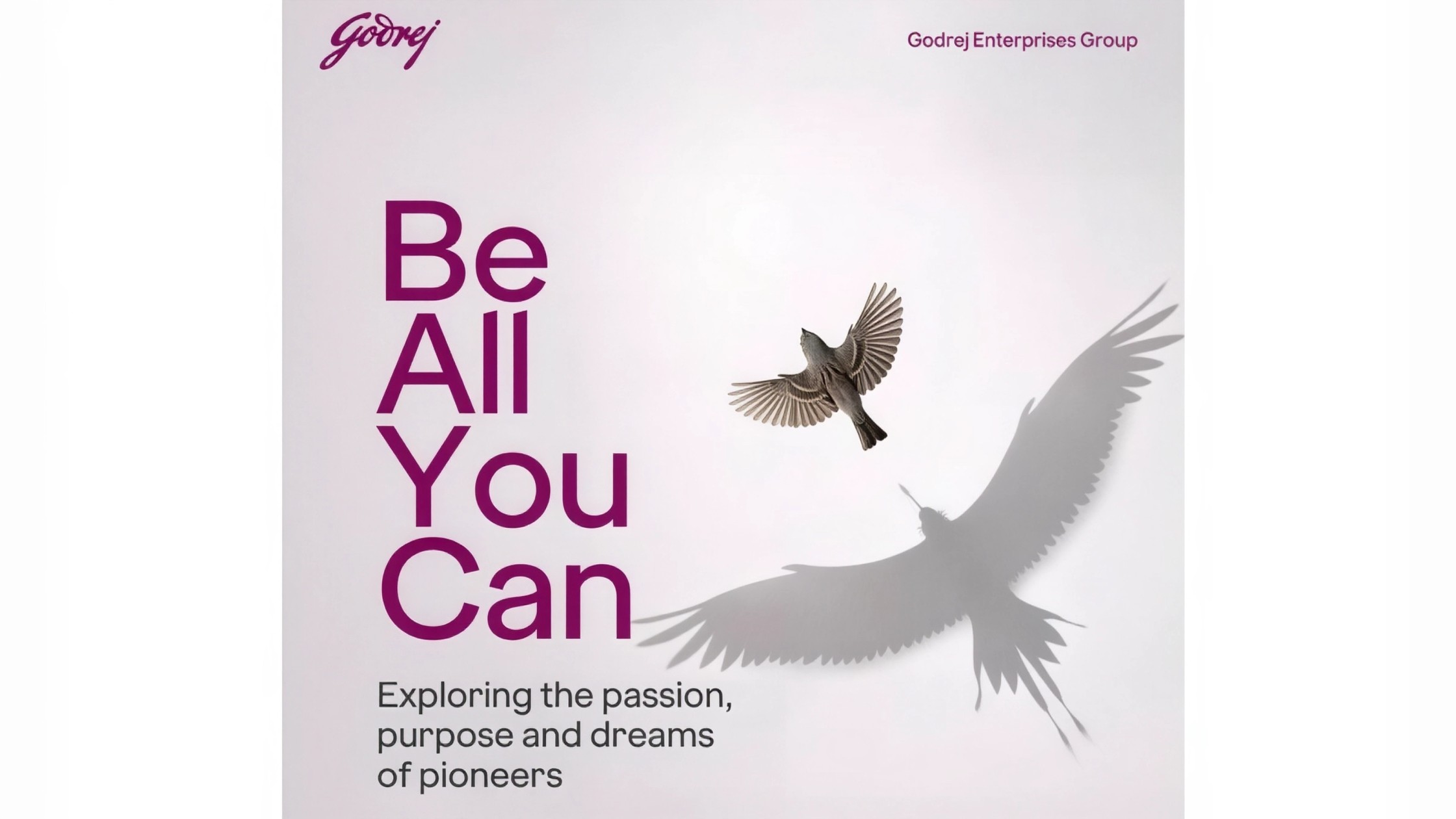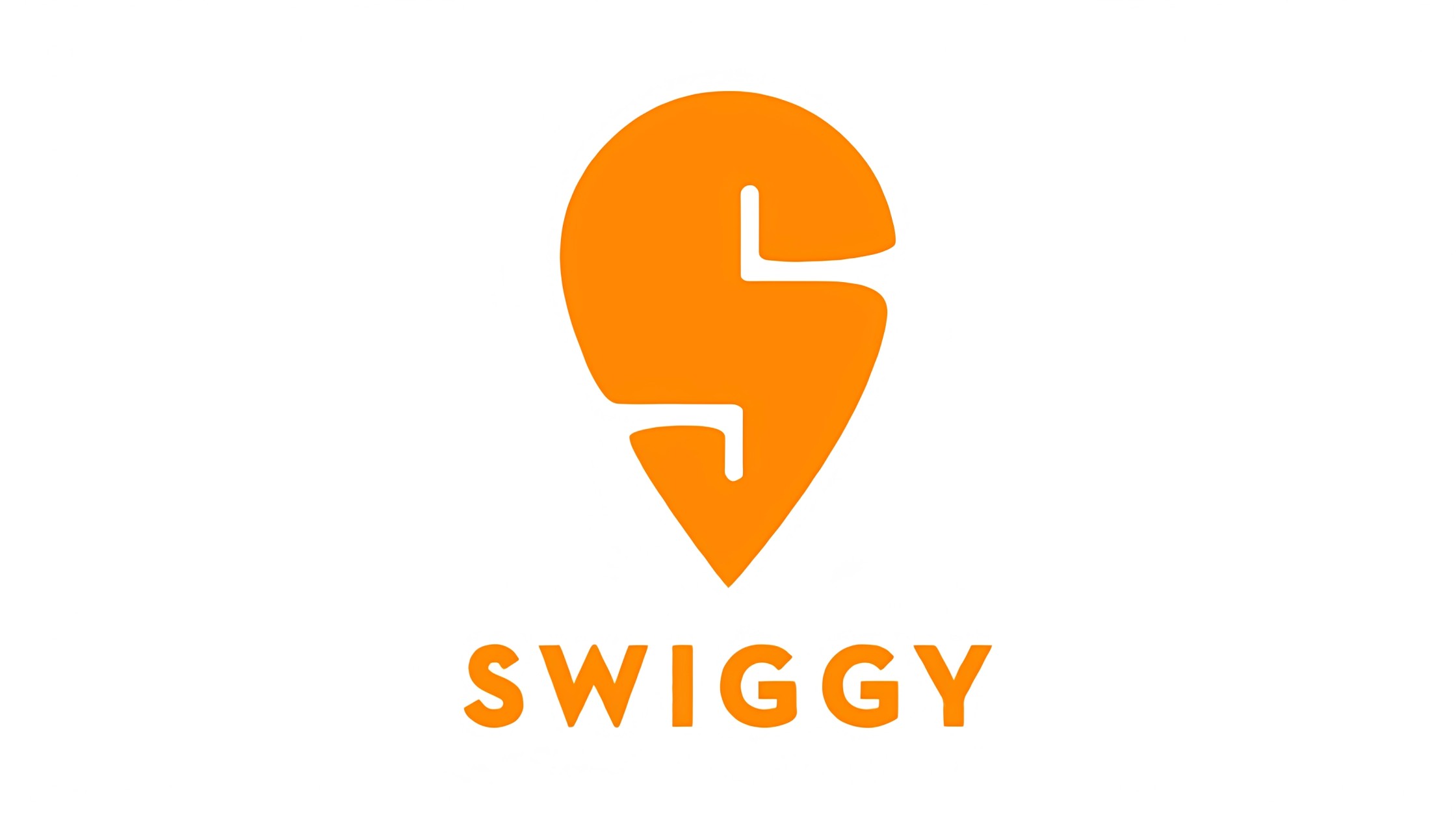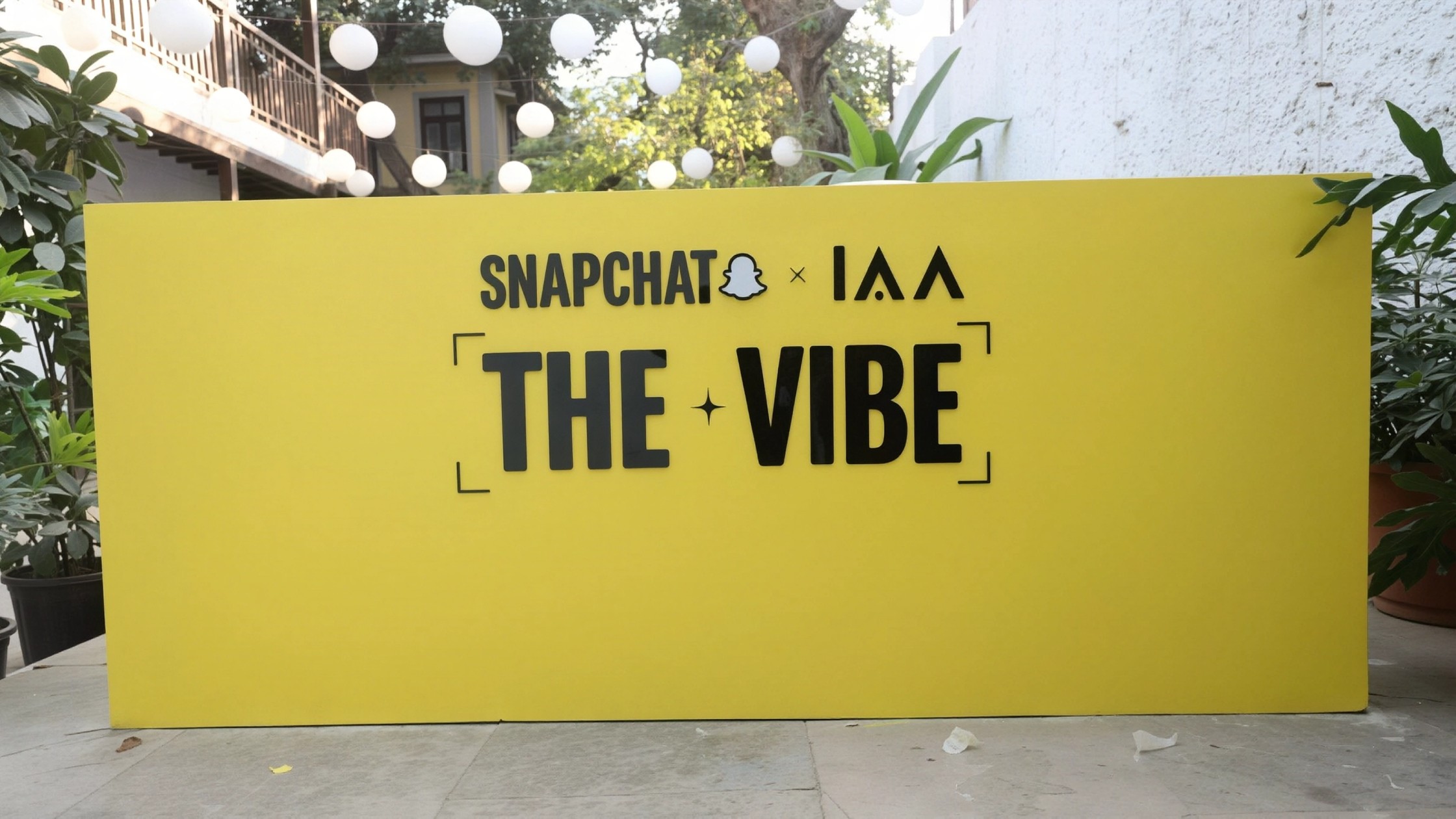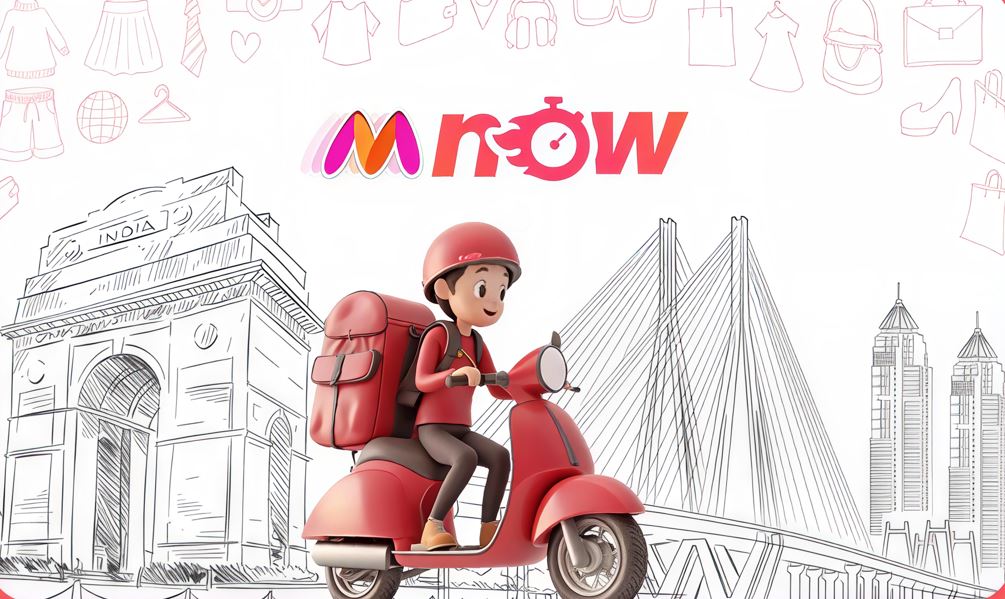WhatsApp Business Platform has rolled out a major update in how it charges companies for messages sent through its system. Effective from July 1, 2025, the platform has replaced its earlier flat conversation based pricing model with a more detailed per message billing structure. This update marks a significant shift for marketers, e commerce businesses, and customer service platforms that rely heavily on WhatsApp to connect with users.
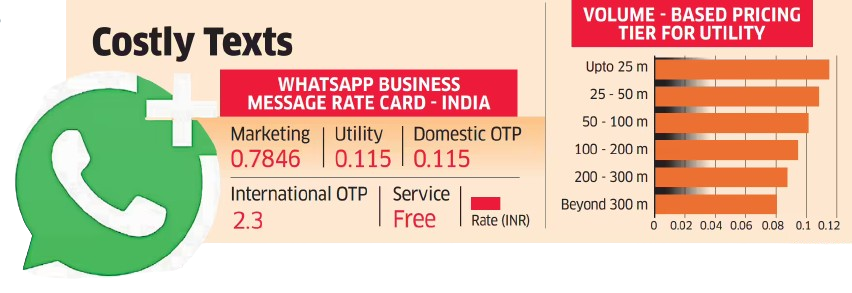
Under the new model, businesses will be charged based on the category of each message sent. The three categories are marketing, utility, and authentication. Marketing templates now cost ₹0.78 per message, while utility and authentication messages are priced at ₹0.11 each. However, WhatsApp has introduced volume based discounts that can bring the per message rate down to as low as ₹0.08 for companies with very high message volumes. This means that larger businesses can benefit from more competitive rates, aligning WhatsApp more closely with traditional messaging services like SMS and Google’s RCS.
Previously, WhatsApp allowed businesses to send multiple marketing messages within a 24 hour conversation window for a single fee of ₹0.78. That flexibility is no longer available. Now, every message will carry an individual cost, potentially increasing spend for businesses that use multiple template messages in a single day. However, messages sent in response to user initiated conversations remain free if they fall within the session window, giving businesses a strong incentive to focus on customer led interactions.
ADVERTISEMENT
WhatsApp’s new billing system also includes tiered pricing for utility and authentication messages. For example, businesses sending up to 25 million messages per month are charged ₹0.115 per message. For those sending over 300 million, the cost falls to ₹0.08. These discounted rates make WhatsApp a more appealing platform for order updates, OTPs, and service alerts compared to standard SMS rates in India which typically range from ₹0.12 to ₹0.15.
Industry leaders view this move as a double edged sword. On one hand, it offers greater billing transparency and allows for better campaign planning. On the other, it may cause smaller businesses and marketers to re evaluate how frequently they use WhatsApp for outreach. Brands may also need to streamline how they use templates to avoid escalating costs, especially in marketing campaigns that rely on multi step customer journeys.
According to Meta’s vice president for business messaging, Nikila Srinivasan, the updated model simplifies pricing and provides better predi bility for business budgets. Still, messaging aggregators are advising clients to reassess their strategies and take full advantage of the platform’s volume discounts and service windows to remain cost effective.
For India, WhatsApp’s largest market, this change will push businesses to optimize every message they send. While the new structure introduces more complexity, it also opens the door for smarter and more measured communication strategies that could enhance customer experience without necessarily increasing costs.
ADVERTISEMENT
Follow Marketing Moves on Instagram and Facebook for the latest updates on ad tech, business communication trends, and how brands are navigating the changing digital landscape.

